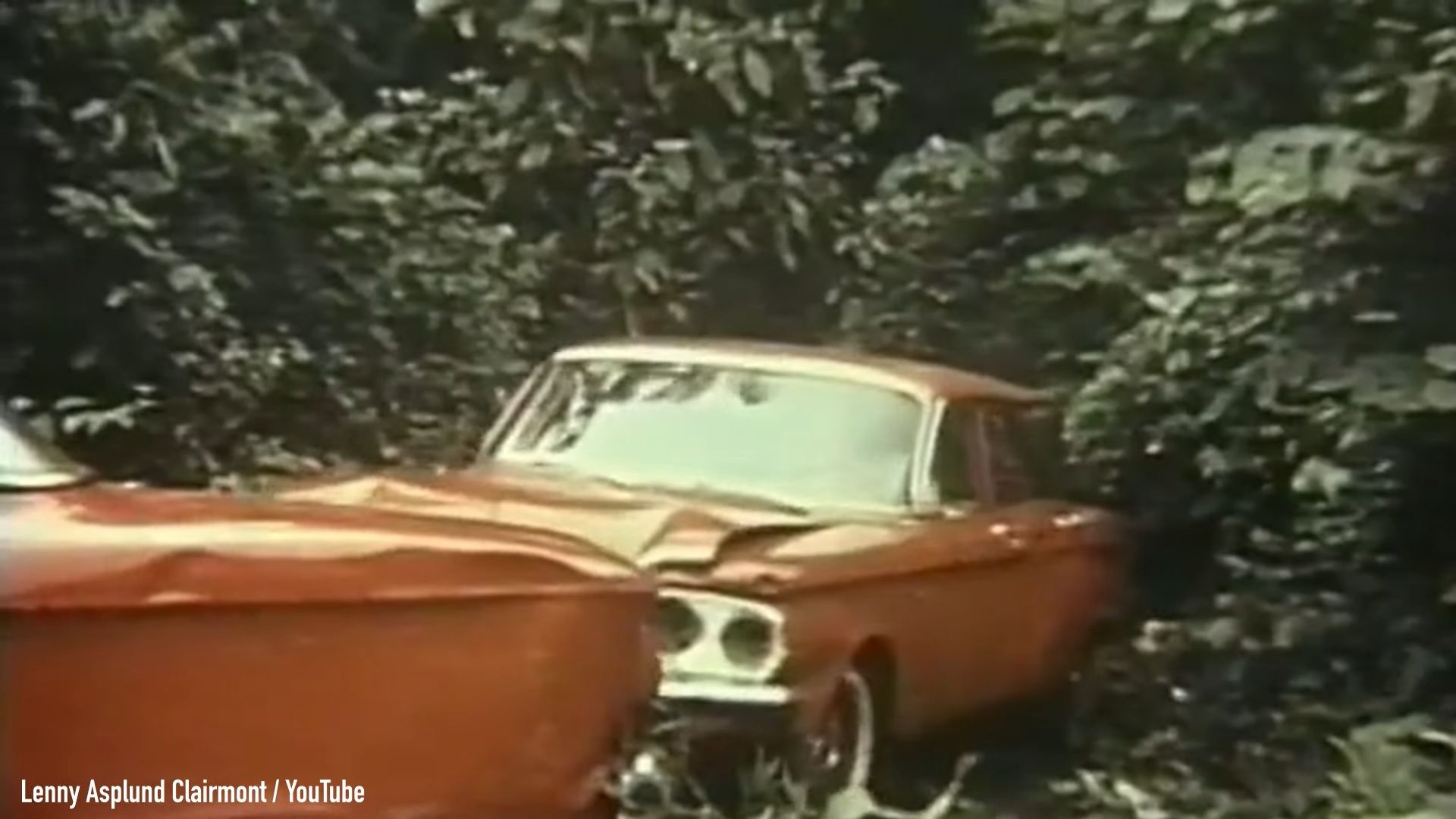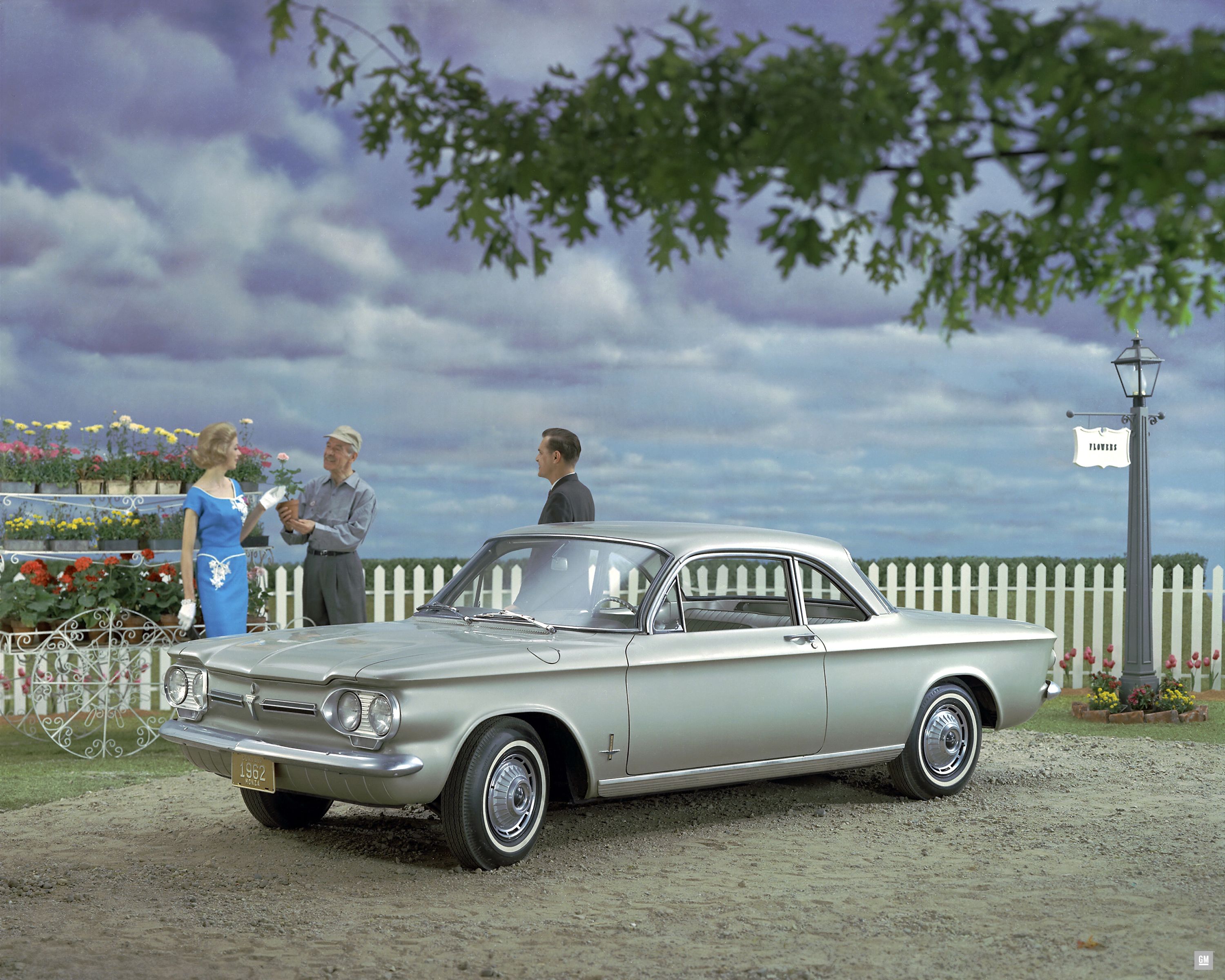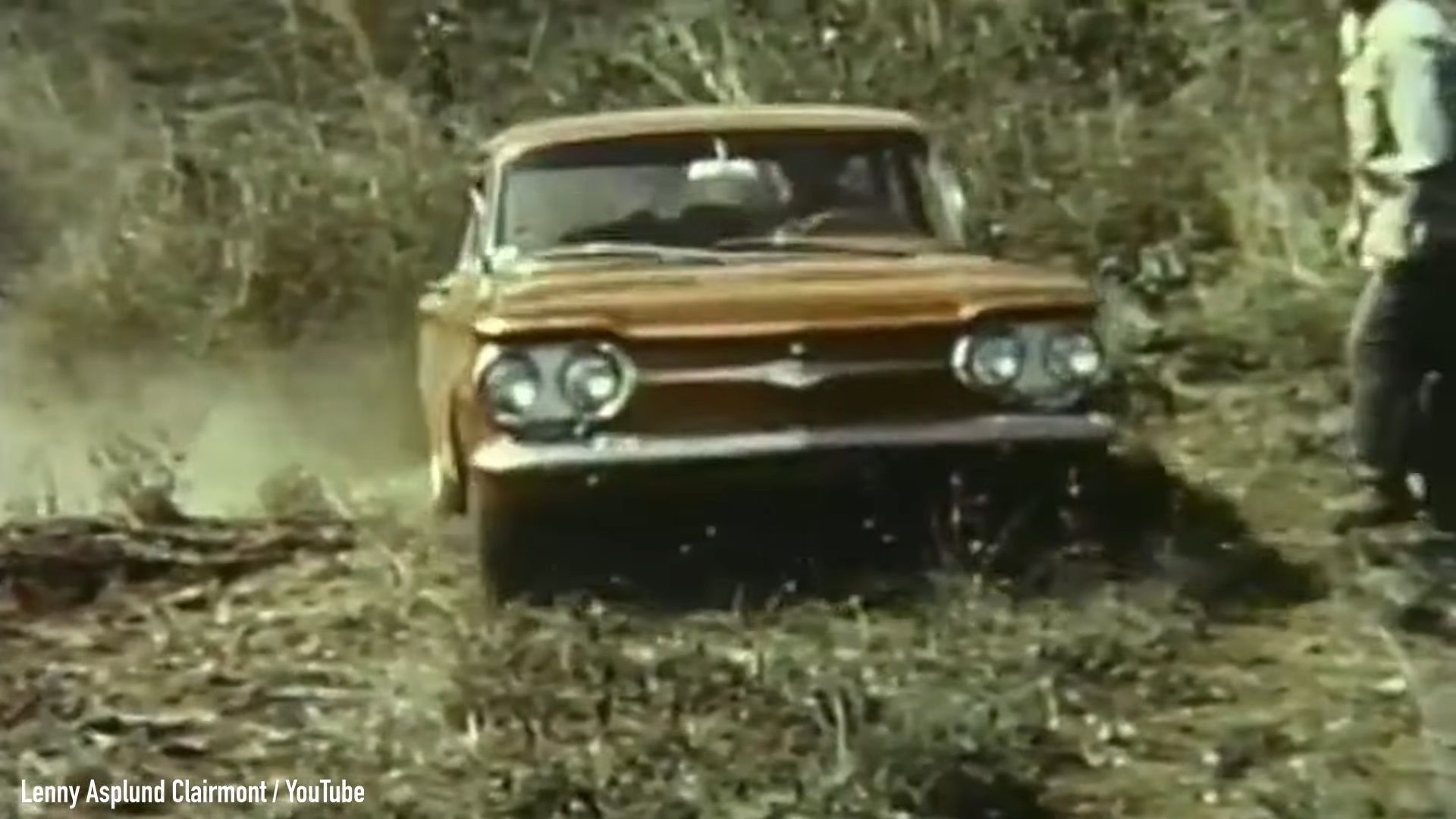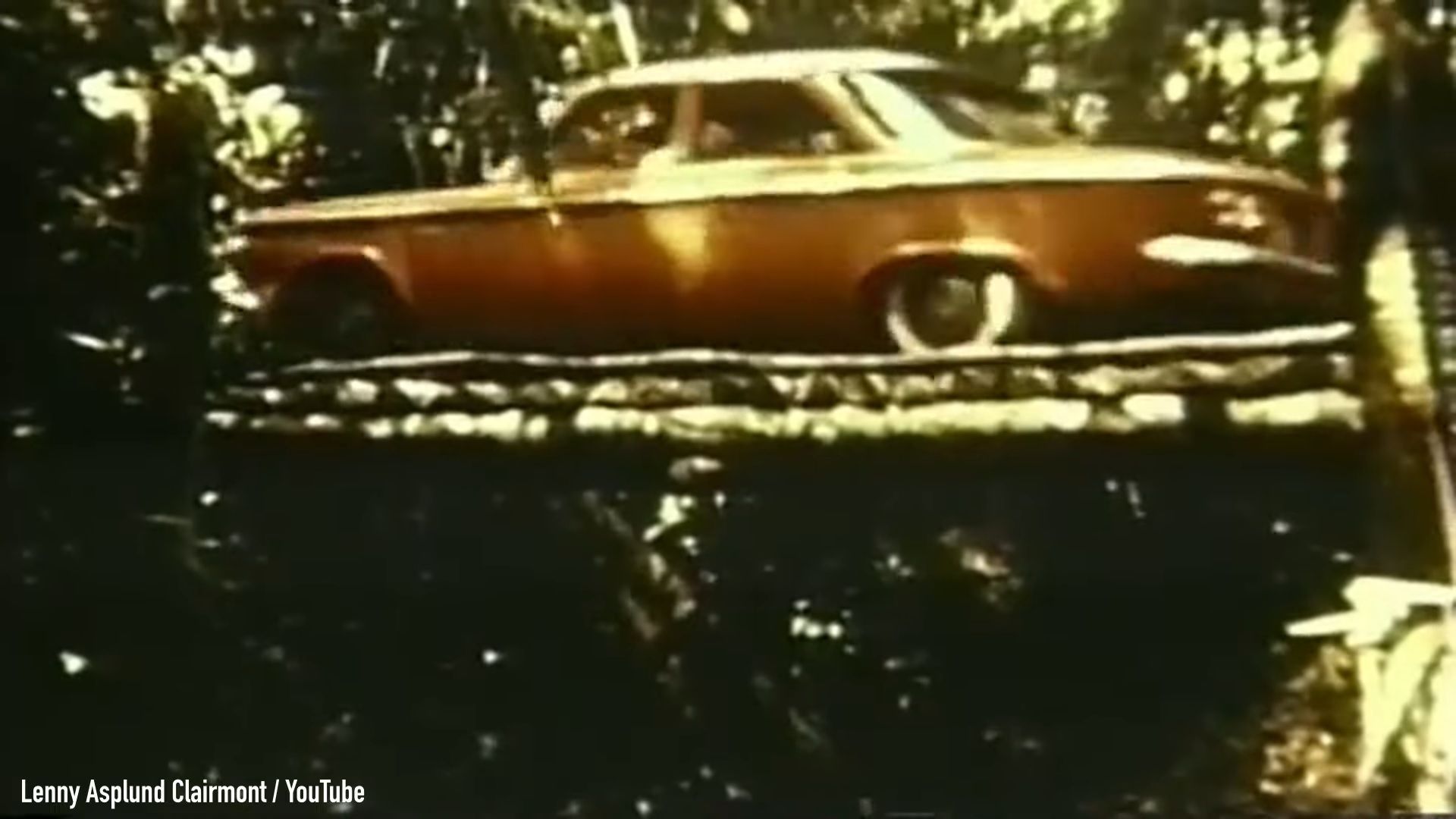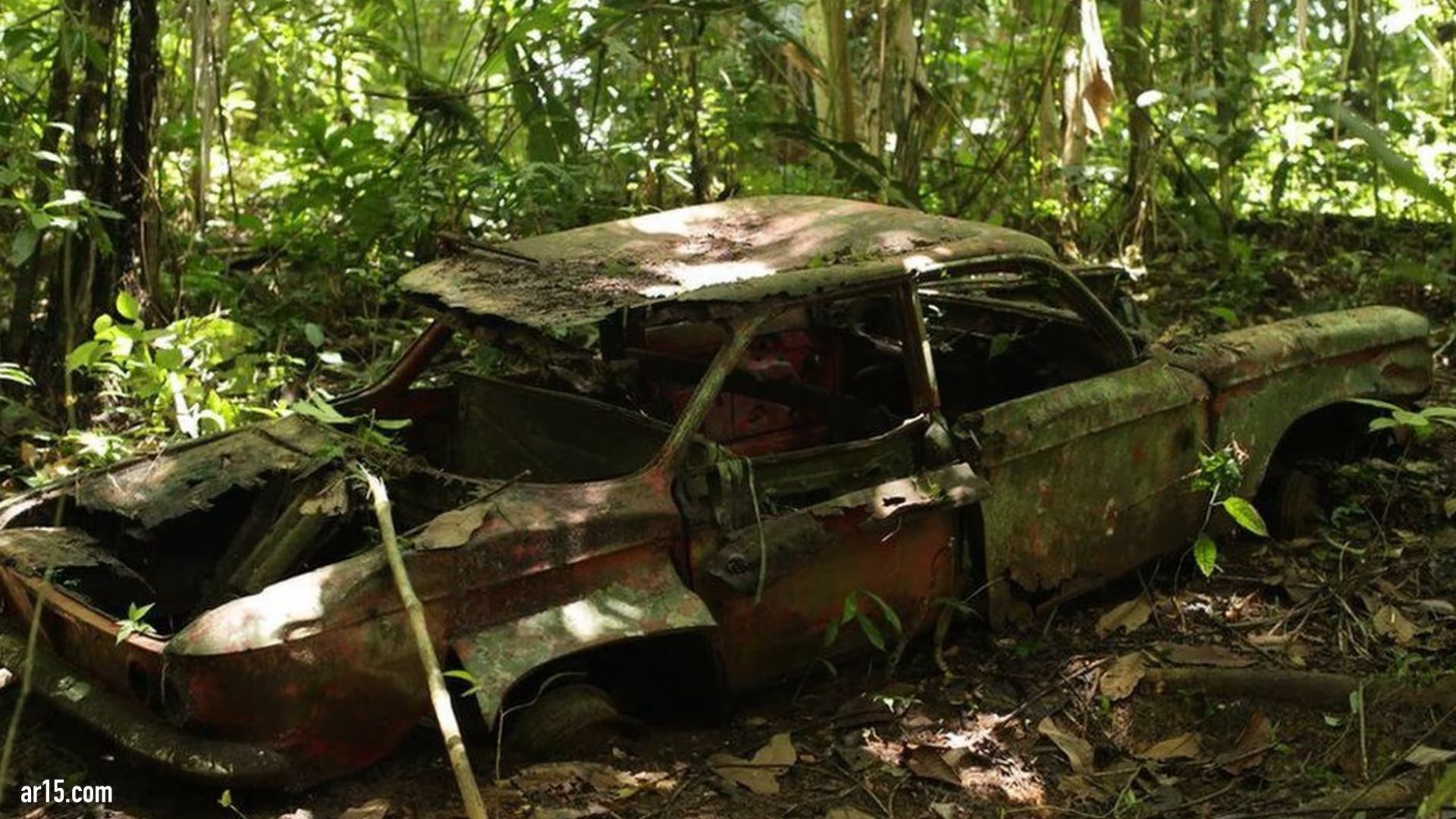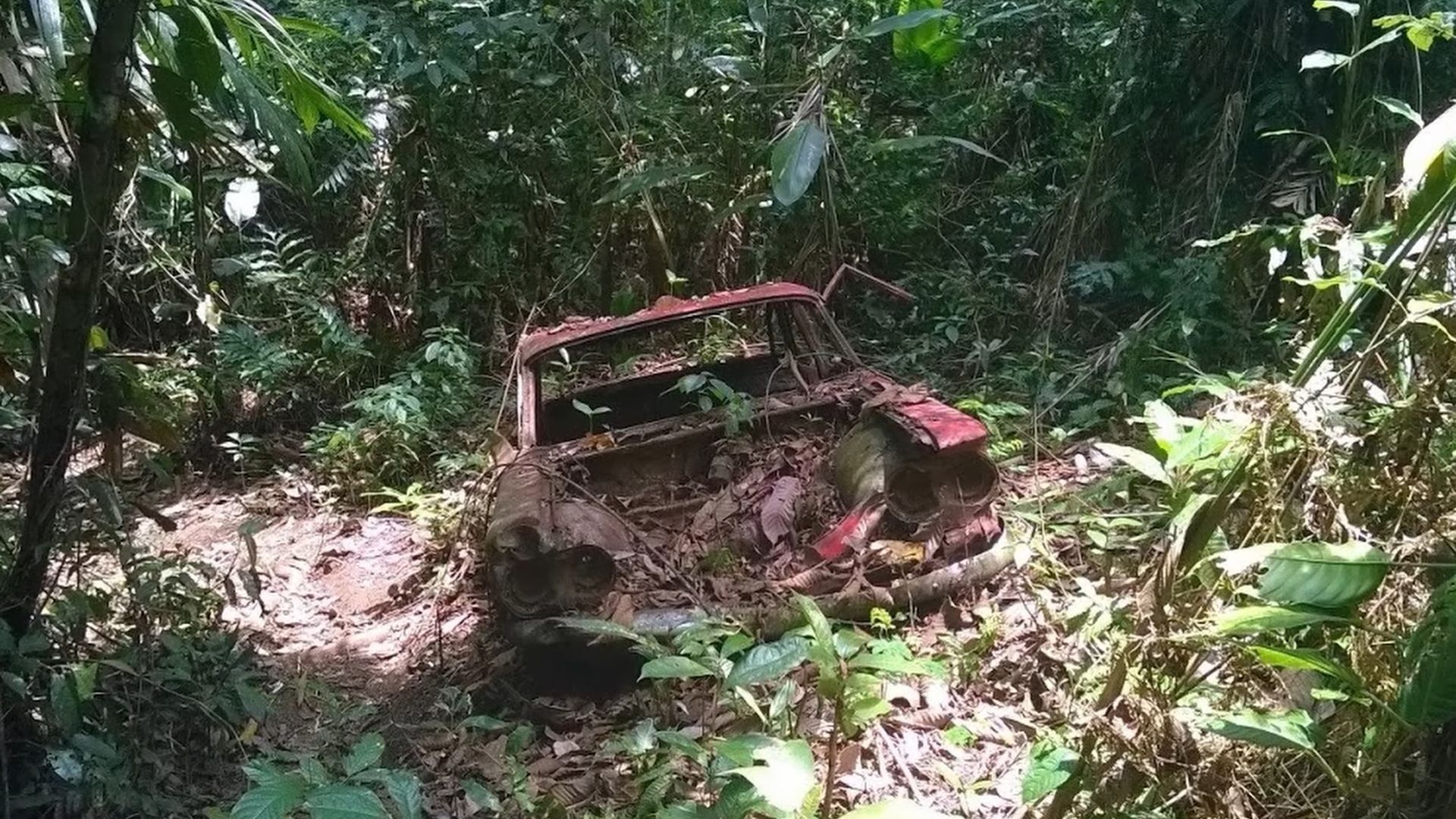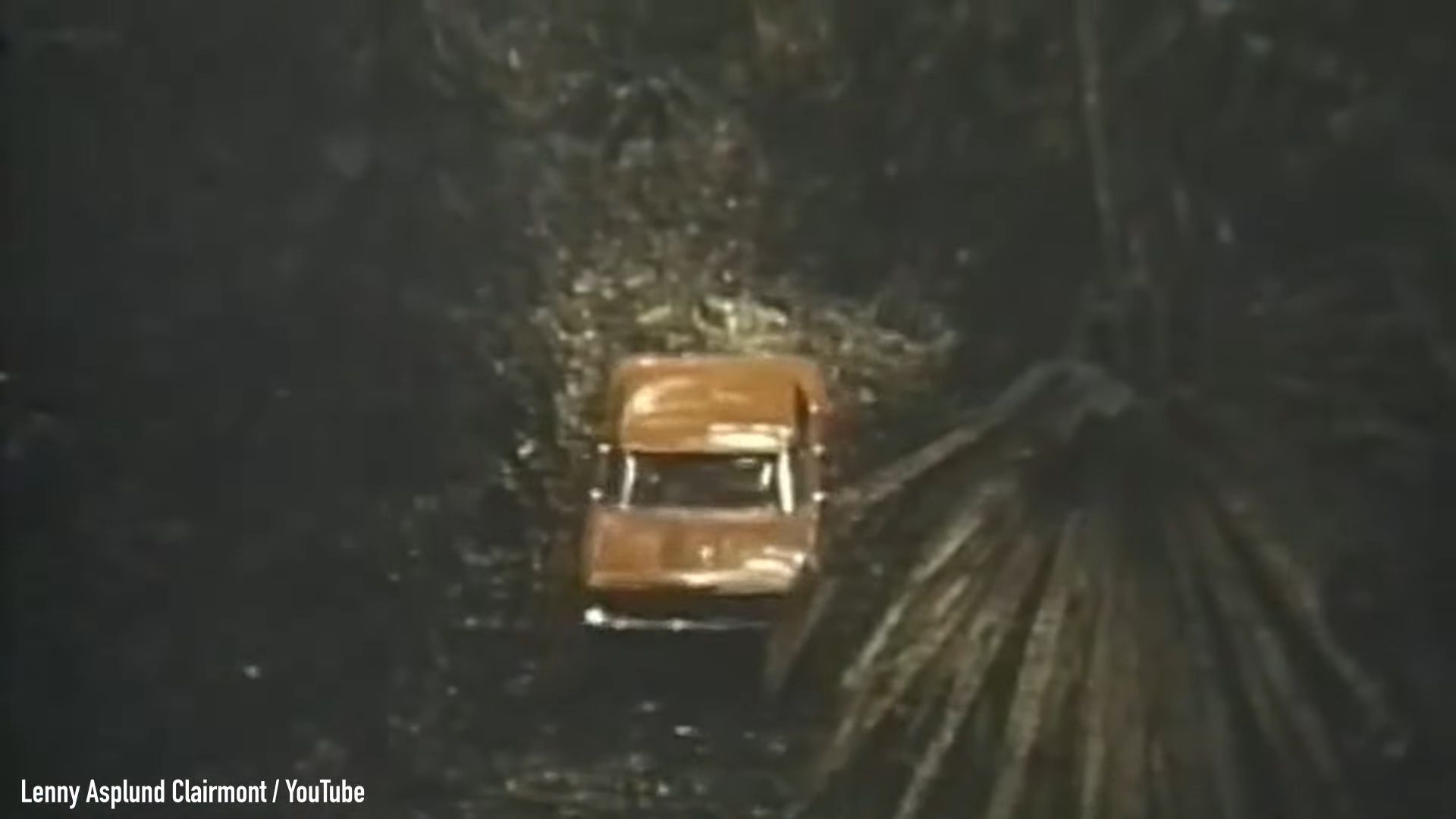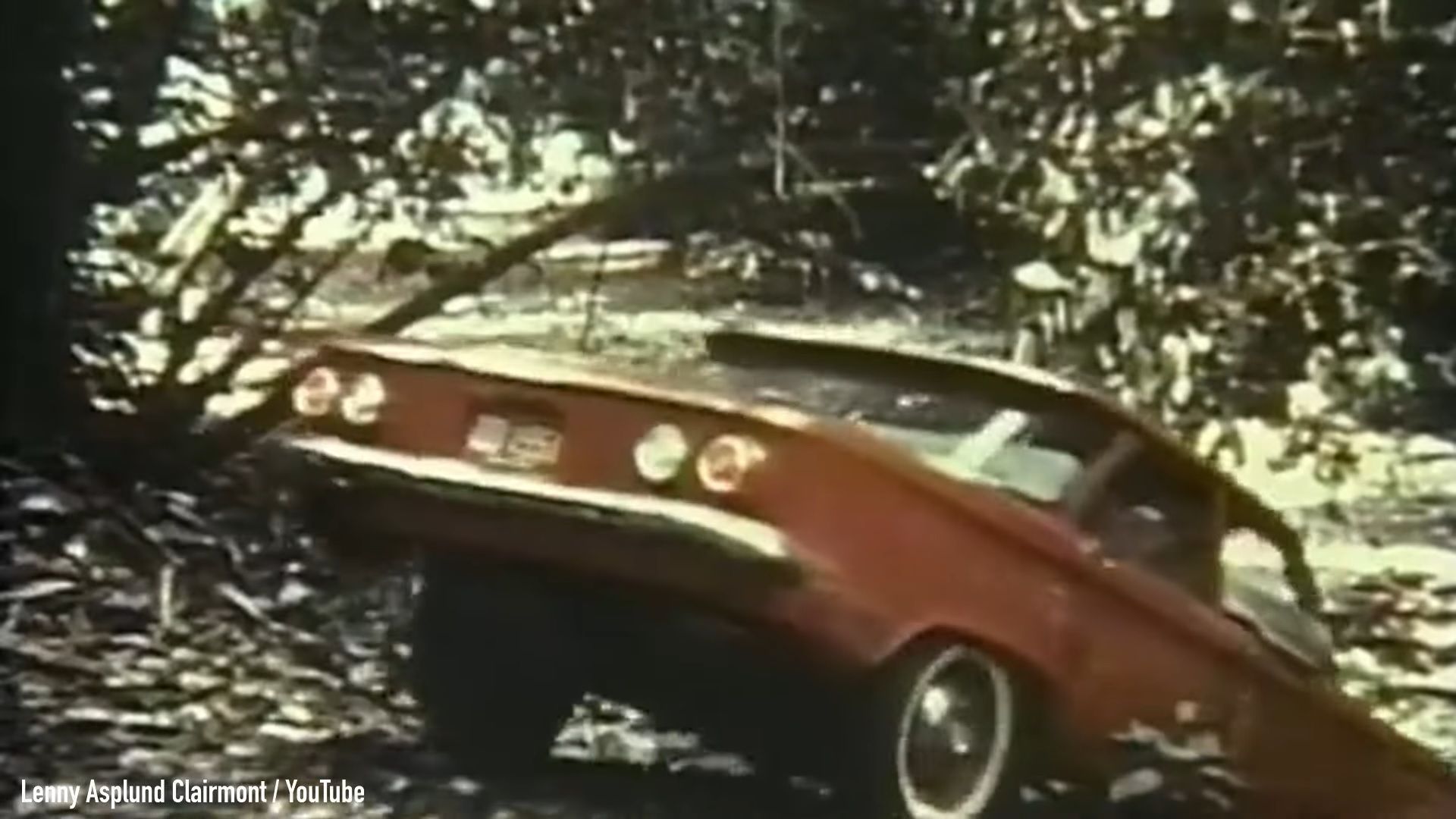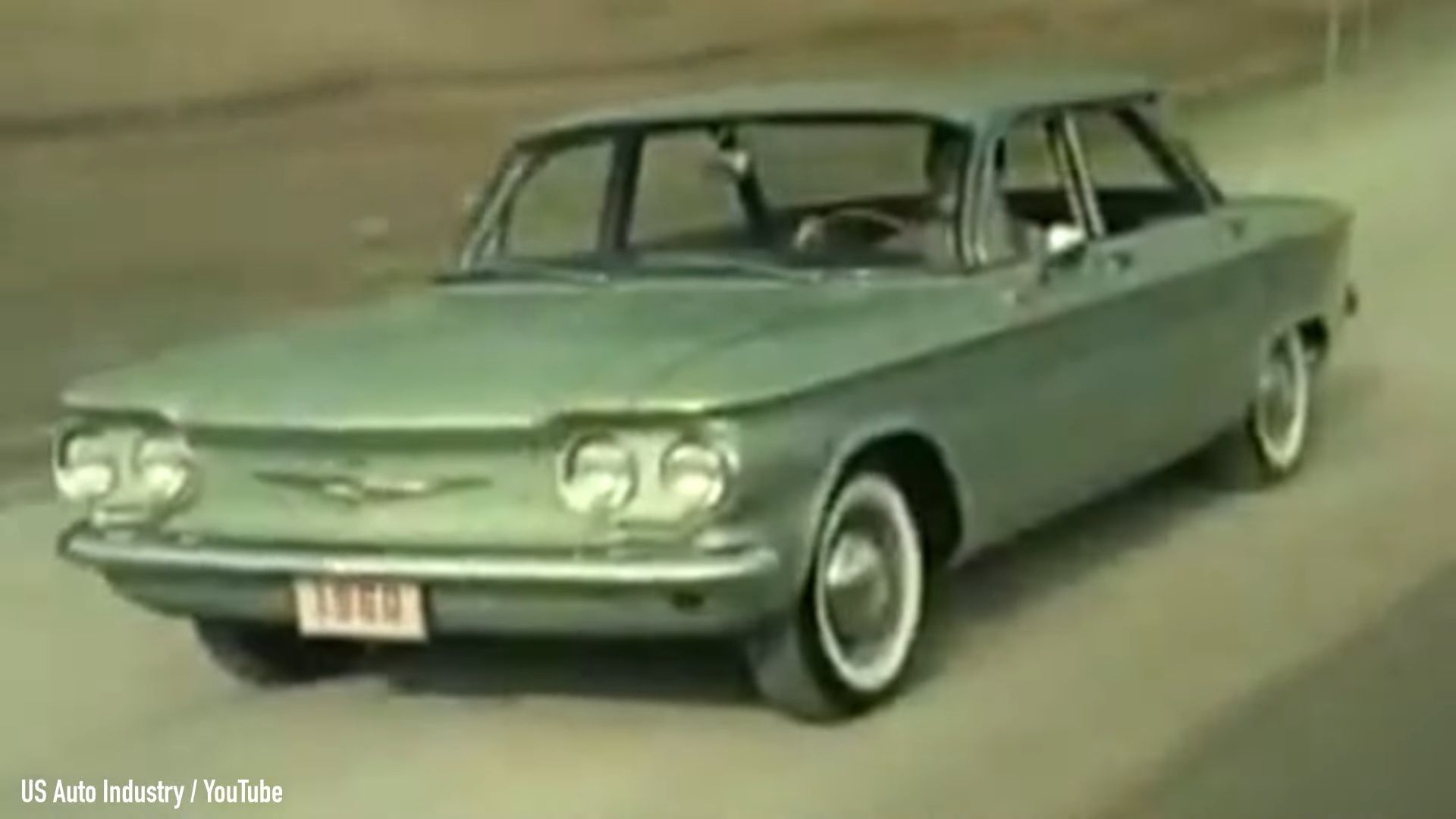This is a Chevrolet Corvair, and it sits here, in the middle of the Darien jungle, less than a mile away from Panama’s border with Colombia. It’s been here for exactly 60 years, with trekkers brave enough to cross the inhospitable Darien Gap wondering what an American made, compact four-door sedan is doing rotting away between North and South America. Keep reading to find out how and why and how this particular red Corvair got into the jungle of Panama.
The Corvair Lost In The Panama Jungle
It’s a story of sheer willpower, stubbornness and a bit of craziness, all wrapped up in an expedition that took twelve men and their six completely unprepared cars and trucks across the treacherous Darien Gap. A place where there are no roads, no bridges, and slim chances of survival.
The Corvair And Desperation
It all started in 1959, when the first production-ready Chevrolet Corvair ws presented to the American public. It was something new and different - a compact car with a rear-mounted, air-cooled flat-six engine, independent suspension all-around, and a fresh design.
It was an exciting achievement, and it quickly got the attention of the press.
The Corvair was a success from day one. In fact, Chevy sold no less than 26,000 Corvairs in the first two days on the market, and ultimately made more than 200,000 units per year.
Heading to The Darien Gap
So with all this attention, what could Chevrolet do to increase exposure even more for its wonder-car? Well, cross the inhospitable Darien Gap, of course. It’s only a 250-miles wide dense jungle that links North America and South America with no roads, no paths, and no bridges, so surely a compact, rear-wheel drive sedan will be up to the task, right?
And this is exactly what Chevrolet did, although in the end it didn’t really go as planned, but I’ll get to this part later.
A team of twelve men driving three Chevrolet Corvairs, two Chevrolet Suburban Carryalls, and a fuel rig left from Chicago and drove from dawn to dusk every day to get to Central America.
The goal was to shoot two promotional films that would show America how good the rear-engined compact car is even in the most unforgiving conditions, and help Chevy fulfill its goal of getting a Corvair in every American’s driveway.
It was pure madness! Nobody had ever tried to cross the Darien Gap in passenger cars ever before, and just a handful of people managed to previously get across it.
But nevertheless, Chevrolet went with it, and supplied the team with three brand-new Corvairs, support vehicles, and spare parts.
A film crew and a pair of Chicago Tribune staffers tagged along the way and documented the whole trip, which would take no less than four and a half months, and at the end of which, just two of the six vehicles would survive.
So, in January of 1961, the convoy left Panama City with the hope of crossing the jungle. It was the beginning of the dry season, and it was - at least theoretically - the only period of the year when the trek would be possible.
The three dusty Corvairs were barely prepared for the trip that lay ahead, with skid pads protecting the fuel tanks and tow hooks front and rear, while the Suburbans had four-wheel drive, off-road tires and winches. But that’s about it.
No Roads, No Bridges, No Hope
Long story short, there’s a reason why only a handful of people ever crossed this treacherous part of the world on wheels.
There are no roads, no paths, and no bridges. Mud is everywhere, and if you can’t see the mud, it’s because it’s covered by impenetrable foliage, and underneath it snakes, spiders, ticks and mosquitos wait patiently for their next victim.
In other words, it’s nearly an impossible feat, especially for rear wheel drive sedans without proper preparation. But the team, lead by Dick Doane himself, ventures into the humid obstacle, following nothing but hand-drawn maps and intuition.
It doesn’t take long until the machetes are put to work to cut a path wide enough for the cars to cross. But it’s not enough, because the Corvairs have to go over mud-filled bogs, huge tree stumps and high-grade slopes. So they’re pushed, pulled and muscled through the thick of the jungle.
When bigger rivers had to be crossed, the cars were put onto DIY rafts, and one time a tractor needed to be used to haul the floating Corvairs through a fast-flowing river.
The promotional films that resulted from this whole adventure show the men being upbeat and cheerful, and the cars running through the mud like it’s nobody’s business, but the truth is a lot went wrong during the expedition.
Some sources say one Suburban Carry All slid down a crevasse and shattered one of its axles, and that the fuel truck was lost after the winch snapped a third time and went down 150 feet, while the other Carry All was lost further along the road.
At the end of this whole trip, just two Corvairs came out of the Panamanian jungle and crossed the border into Colombia, at the so-called Palo de Letras, or Tree Stump of Letters.
The Daring the Darien expedition was a success, if only just. The other two red Corvairs were left somewhere in South America, and the team boarded a plane back to the States.
Nobody really knows what happened to the two surviving cars. Some say they were transformed into taxis, while other sources say they were left to the elements in Colombia, too battered and bruised to be of any use, even though they were practically brand new.
Why Was One Covair Left In The Jungle?
But why did the team leave one red Corvair behind? I managed to find just one account that seems to explain the reason behind the abandoned Corvair.
A BBC Mundo report from 2018 quotes a park guide that says the 1961 team “miscalculated the amount of gasoline in one of the vehicles. So they sent some people back to Paya to get fuel, while the other two cars continued the journey”.
I don’t know whether to believe it or not, considering the stranded Corvair is literally less than a mile away from the border with Colombia, and during the whole jungle trip the cars were basically wrestled ahead, but at least it’s an explanation.
In the end, the American Corvair expedition took over 100 days to complete, and one of the people involved had to be airlifted to a hospital because he had malaria, only to be brought back to the group before finishing the trip.
And the result of this whole crazy adventure? Nothing more than the promised promotional films, a series of articles in the Chicago Tribune, and a piece in Automobile Quarterly.
No official Chevrolet flyers, not one image in GM’s archives, and no fanfare for the rear-engined Corvair.
It was, in my view, a huge missed opportunity for promoting a car that would be bullied by Ralph Nader’s book ‘Unsafe at Any Speed’ just a few years later.
Nobody tried to pass the Darien Gap with a passenger car before or after Dick Doane’s attempt, and it’s easy to see why, although there have been other two- and four-wheeled expeditions through the Gap.
Two that come to mind are the British Army’s 1972 trip, and the other being a 1978 all-Jeep convoy. Both stumbled upon the rotting Corvair, although I can only assume it was in better shape than it is now.
It’s an incredible story, but I want to know what you think. So let me know in the comments below.

